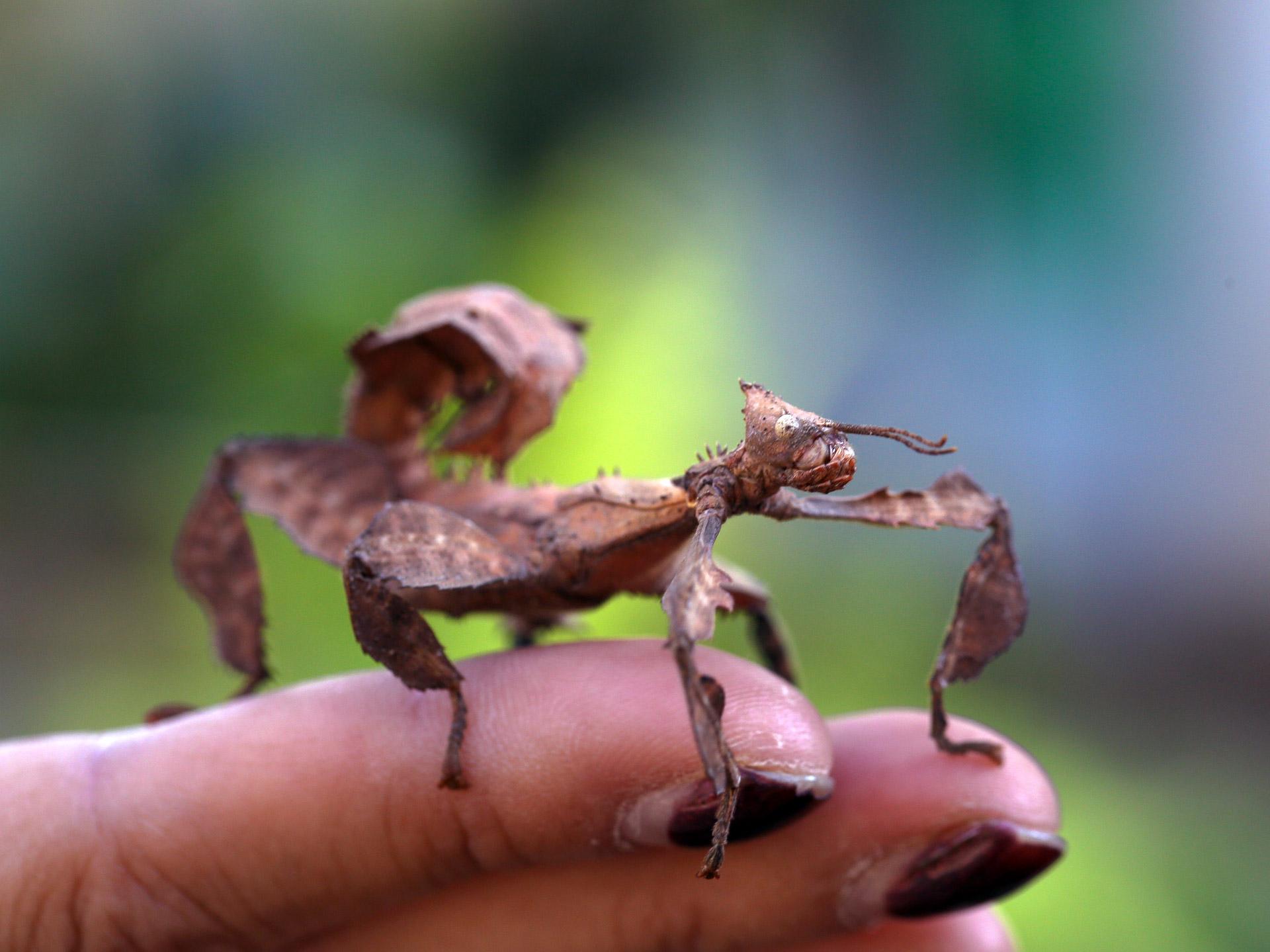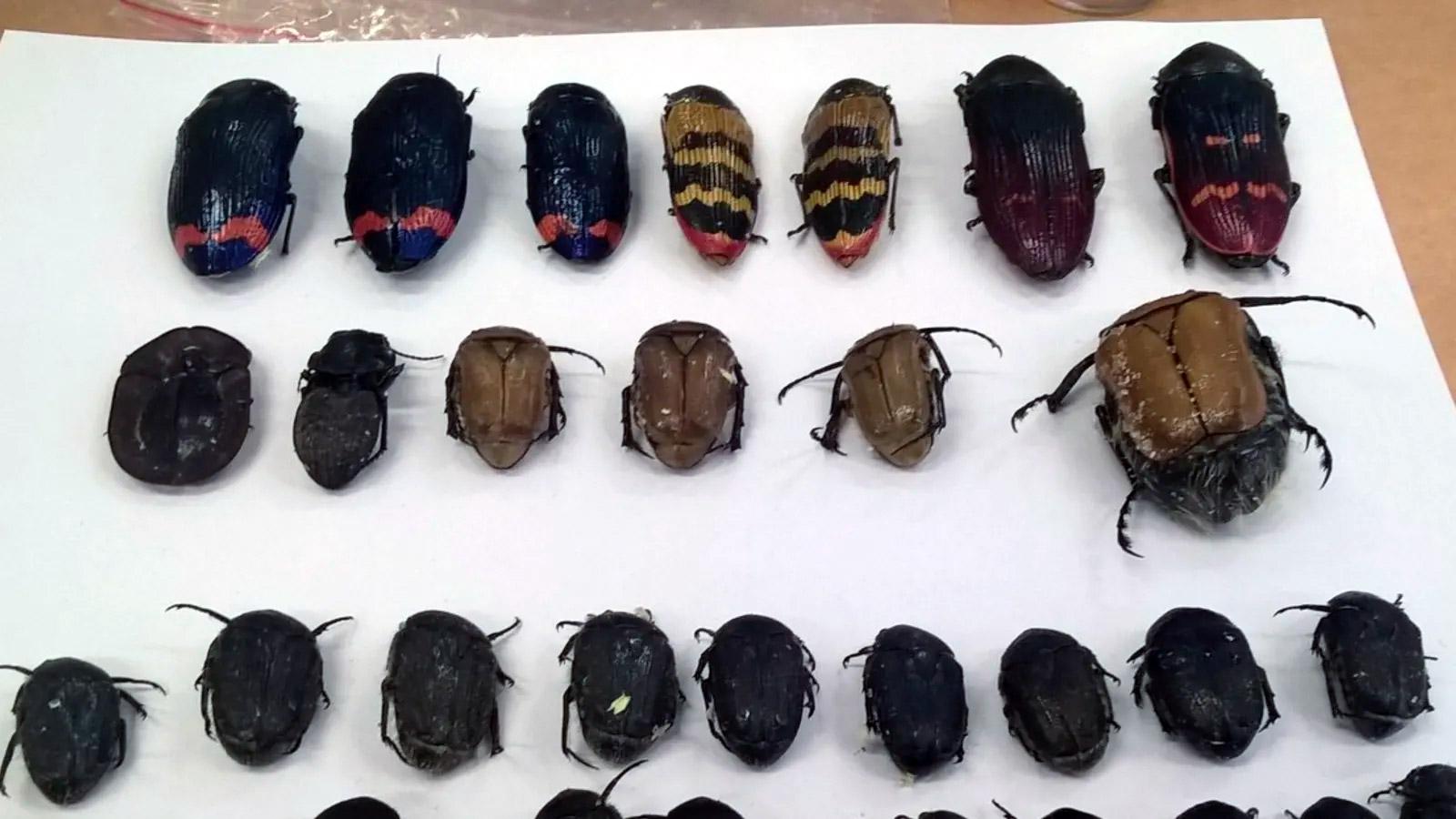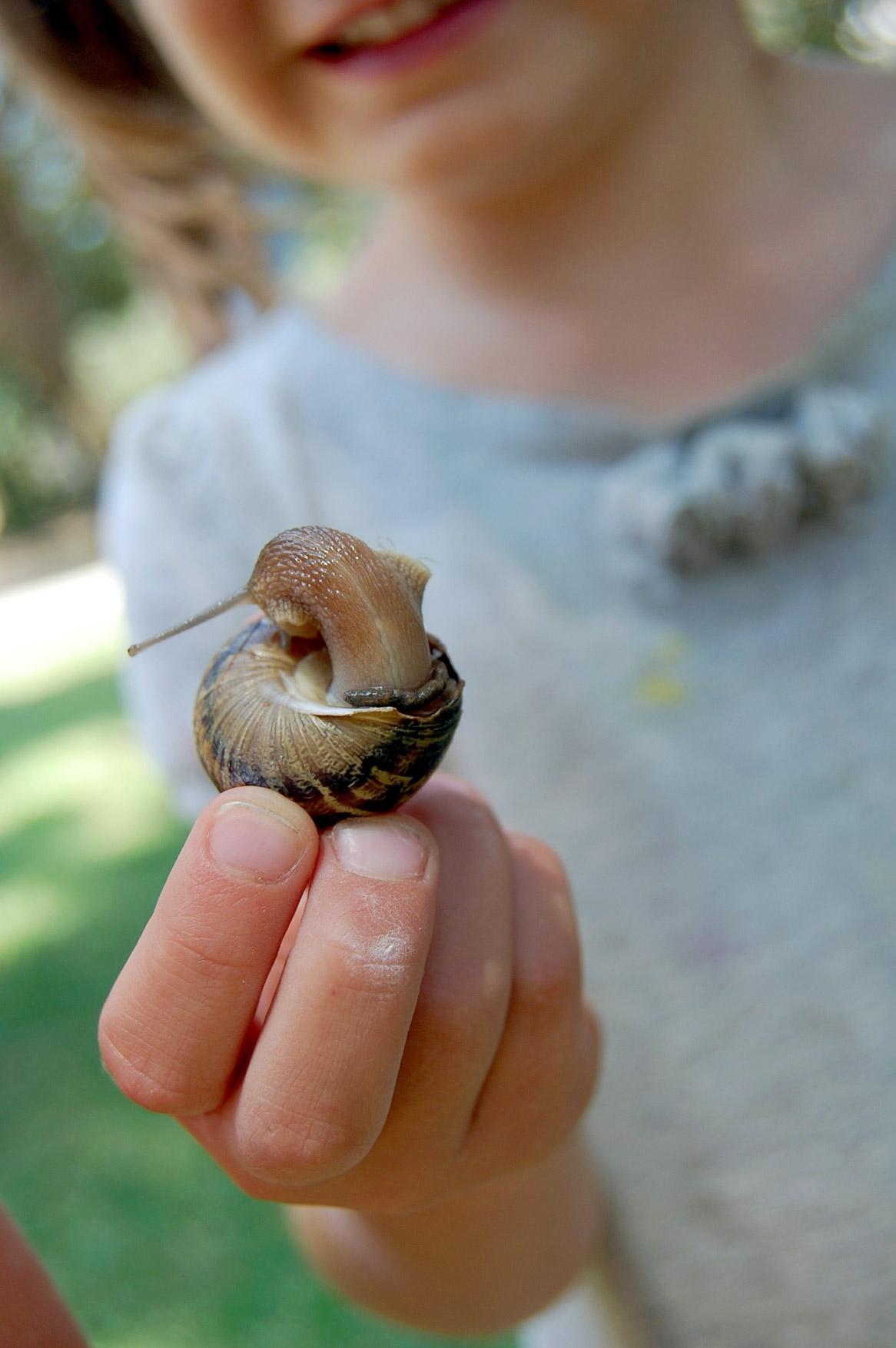Snails, slugs and stick insects - investigating the dynamics of Australia’s terrestrial invertebrate trade

Guest author: Charlotte Lassaline
Invasion Science and Wildlife Ecology research team
School of Biological Sciences and Environment Institute
For some people, the idea of having tarantulas and scorpions living in their house is a nightmare; for others, keeping insects is a hobby and a passion, writes Charlotte Lassaline.
The collection of invertebrates is a pastime that goes back as far as recorded history – the Chinese used and traded silkworms as early as 4700 BC and used honeybees in the 5th century. Most famously, Winston Churchill stocked his country house gardens with exotic butterflies while directing the defence of Britain in World War II.
Nowadays, the trade of insects and other terrestrial invertebrates feeds a niche hobby. Largely sold through online trading platforms (known as e-commerce), terrestrial invertebrates are sold near and far; from classifieds websites, social media, online pet stores, and possibly within the dark web.
For my honours research I am investigating the dynamics of Australia’s terrestrial invertebrate trade.
This research will contribute to a larger project, in collaboration with researchers from the University of Adelaide investigating the Australian plant trade (Jacob Maher and Lisa Wood) and the vertebrate trade (Adam Toomes, Dr Oliver Stringham and Katherine Hill).
We don’t know the scale of the invertebrate trade

Spiny Leaf Insect by Mario Madrona (CC BY-NC-SA 2.0)
The global scale of the wildlife trade is largely unknown, and the increasing popularity of e-commerce websites adds another dimension to this. With the many layers and sheer vastness of the internet, online trade becomes incomprehensible.
It is this inability to assess the online invertebrate trade that poses a potential threat to invertebrate conservation and biosecurity alike.
Further, tracking invertebrate trade in the physical world is equally as difficult. If we cannot carefully monitor what is entering and leaving our country, how can we protect our endangered species and stop the risk of introduced species becoming invasive?
In 2017, a Czech Republic national was caught attempting to smuggle 4,000 native terrestrial invertebrates out of Australia. In 2020, a Chinese man was caught attempting to smuggle 200 venomous scorpions out of Sri Lanka. The market and demand for exotic terrestrial invertebrates is seemingly thriving.

Insects found concealed in a bag of a man trying to smuggle them out of Australia - The Australian Border Force Image Library
Attempts of illegal import and export are generally policed by the Australian Customs Service in airports, and Australia Post through the mail; although it is impossible to inspect every package and luggage item entering and leaving the country.
Due to the scale of the wildlife trade, the possibility of invertebrates ‘slipping through the cracks’ and remaining undetected is somewhat inevitable. The trade of invertebrates needs to be taken seriously, not only for the welfare of the creatures, but due to the threat to human health and the potential risk of biological invasions.
Terrestrial invertebrates are the unsung heroes
Terrestrial invertebrate eclipse all other forms of life, not only in their vast numbers, but also in diversity, biomass, and ecosystem services. They help us grow crops through pollination, nourish the soil through decomposition and aeration, can act as a natural pest control, and are a food source for many animals. However, the beneficial roles they play often go unnoticed; overshadowed by the disproportionate attention given to ‘pests’.
Mammals, fish and birds, make up 3% of all species. On the other hand, invertebrates make up about 80% of global biodiversity.
Sure, Koalas and Bilbies may be cuddlier and more charismatic than leeches, spiders and parasites, but this should not justify the significant bias toward vertebrates across biodiversity databases and assessments. The dinosaur ant, Lord Howe Island stick insect and Eula’s planthoppers are among a list of Australian invertebrates potentially sentenced to extinction; deemed too ugly or uncharismatic to justify conservation and protection.
The most insidious threat to terrestrial invertebrates is that we haven’t thoroughly documented their diversity. It is estimated that there are several million invertebrate species yet to be discovered and described. When we do not know what species of invertebrates exist, we therefore struggle to identify those that are at risk, and those that pose a risk.
This adds another complexity to the trade of terrestrial invertebrates; we simply cannot regulate the invertebrate trade, and predict potential biosecurity risks, if we are not knowledgeable on the species in the first place.
A possible alternative: Keeping native species as pets

Learning about invertebrates from a young age teaches kids to value and appreciate the small critters around us. Image by Anita S. from Pixabay.
It is estimated that 25% of people have an active fear of insects and spiders. Through experiencing the world of terrestrial invertebrates firsthand, the dominant dialogue of “bugs are scary and are pests” begins to shift, and a stronger appreciation for their unique world can be developed.
When owning a pet, children acquire significant factual knowledge on anatomy and behaviour. Through building a stronger appreciation for their important inherent values within ecosystems, hopefully the stigma and neglect of terrestrial invertebrates will be improved.
However, there are critical factors to consider when thinking about purchasing an invertebrate pet, and it is crucial to extensively research before you buy.
One key factor is whether the invertebrate can be legally owned in the first place, and whether it requires a permit. Each state in Australia has different laws regarding owning and trading of invertebrates.
When an invertebrate pet escapes or is released, there is a significant risk of it becoming an environmental liability (i.e. a biological invasion, or carrying zoonotic disease). Hence, it is highly important to follow each state’s law.
Take time to research invertebrate species that are native to your area before you buy. Native invertebrates are kinder to the environment and will not pose a threat to other wildlife if they escape captivity. Low risk native wildlife can be kept without a licence, provided they are abundant in the wild and ethically sourced (i.e. sustainably captive bred).
The Centre for Invasive Species Solutions is a partner for this research.
